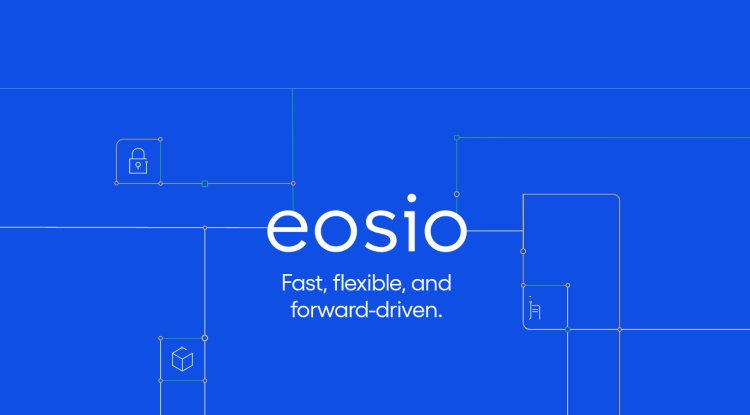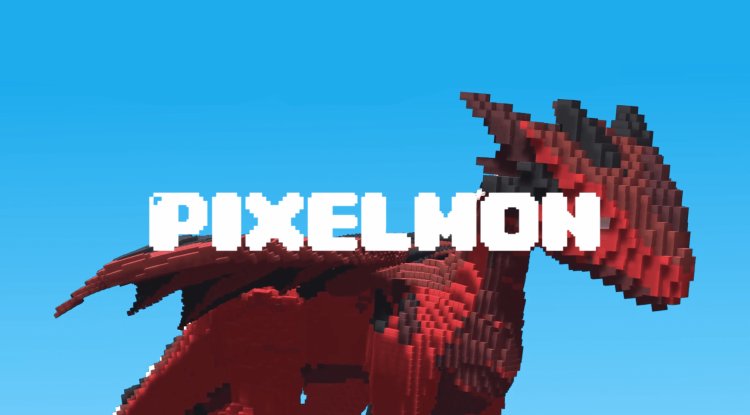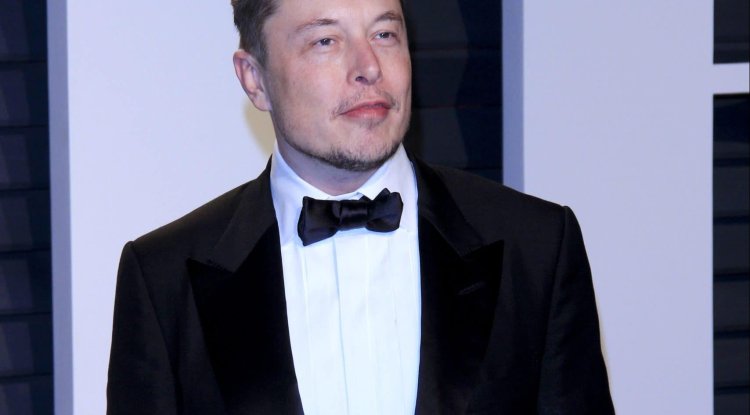What is EOS and EOS.IO platform?
EOS provides basic functionality to companies for building blockchain applications, in a way similar to building web applications...

EOS is a decentralized blockchain-based platform used to develop, host and run business applications or dApps. Launched in June 2018, following an initial coin offering that raised $4.1 billion in cryptocurrency for Block.one, a company that developed open source software called EOS.IO used on the platform. EOS cryptocurrency tokens are used as an online payment system. In short
The EOS platform is a blockchain and develops business app or DApps. EOS supports secure access and authentication, licensing, data hosting, usage management and communication between DA applications and the Internet. EOS.IO is the system architecture. The EOS token is the network’s cryptocurrency. Its main competitor is the better established Ethereum platform. Understanding EOS
EOS supports basic features that enable businesses and individuals to create blockchain-based applications, in a manner similar to web applications. It has secure access and authentication, data host, permissions, manages communication between dApp and the Internet. Supports web tool shop, which aims to develop applications effortlessly. EOS.IO and EOS token basics
Ecosystem consists two key elements: IO software and EOS token:
- EOS.IO is similar to a computer operating system. It manages and controls the EOS blockchain network. The software uses a blockchain architecture to vertically and horizontally scale dApps.
- The EOS token. The developer only needs to own EOS coins, instead of spending them, to use network resources and to make and run DApps. Token owners who do not run any application can allocate or lease their bandwidth to other participants who need it.
Currently owned by Block.one, EOS was started by Dan Larimer, who is also the founder and creator of established platforms including Bitshares and Steem. How is EOS different?
EOS is considered a direct competitor to Ethereum, with ambitions to be bigger, better and faster. Particularly faster: while Ethereum reportedly can process 15 transactions per second, EOS weighs millions of transactions per second. Keep in mind that this is a goal, not a reality.
As the size of the DApps ecosystem increases day by day on blockchain networks, limited resource availability is a major problem. EOS.IO tries to solve these problems by offering greater scalability, flexibility and usability through its unique mechanism. Characteristics of EOS.IO
EOS.IO claims to be able to support thousands of DApps on a commercial scale without running into performance bottlenecks, using parallel execution and asynchronous network-wide communication methodology.
Efficiency is further increased by separate modules involved in the operation of DApps. Authentication occurs separately from execution. EOS has key usability features, including a set of web-based interface development tools, self-describing interfaces, self-describing database schemas, and a declarative permission scheme. All this makes it easier for developers to create and maintain applications. EOS economics
The EOS setup does not use the now well-known mining concept, which uses Bitcoin. Instead, block manufacturers generate the required number of blocks and are rewarded by creating new EOS tokens for each block they produce.
Block manufacturers can publish the desired payment figure, and the number of tokens they create is calculated based on the average value of the expected salary, which is published by all block manufacturers.
Since block manufacturers obviously want a higher salary, this function can easily be abused. To counteract this, the mechanism limits producers by allocating tokens so that the total annual increase in token supply does not exceed 5%. Token owners, who vote on this issue, have the authority to reject block manufacturers who demand more.
This mechanism works in a way that is complementary to EOS storage, as all token owners pay to store files on the EOS network, through a portion of annual inflation. As long as they store the file online, their EOS tokens will be retained and lose value at the rate of inflation.
The more space needed for storage, the more blocks will be required from block creators, who may demand more value for their work, through higher wage inflation, which token owners approve of. If the demand for storage decreases, inflation will be lower, reducing the loss of value from saved EOS tokens. EOS tokens can be stored in multiple wallets, including Ethereum Wallet, MyEtherWallet and MetaMask. Tokens can be traded on stock exchanges including Bitfinex and YoBit. EOS in the news
In September 2019, one of the small companies that was key in the initial development of EOS resigned, saying that it was focusing on the implementation of another blockchain and EOS.IO software. According to Coindescu, the real reason was that the support of EOS whales, those with large tokens, was needed to make money, and those whales supported block manufacturers in China. This was not good for EOS. Management issues
The EOS faces skepticism in other ways. Shortly after its launch, block manufacturers froze seven accounts, which held stolen tokens, but EOS did not have the legitimate authority to do so. The move illustrates another controversy surrounding the EOS, which is that it lacks an efficient management process.
In June 2019, Brock Pierce, an early member of the Block.one team, made headlines when he announced that the EOS was now run by a “Chinese oligarchy.” While it is true that most block manufacturers are located in China, the concern has more to do with the risks that centralization poses. The main complaints to current blockchain manufacturers are that they do not give priority to building new DA applications, which will attract other users to the blockchain. In terms of governance, EOS, meanwhile, has set up a voting system for all EOS owners, but EOS New York said it was “simply a way to measure owners interest.” Bullish Global
In May 2021, the price of EOS rose by 50% after news that Block.one had created a company called Bullish Global. Bullish Global intends to create a new cryptocurrency exchange, based on blockchain. Prominent investors in Bullish Global include Peter Thiel, Mike Novogratz, Alan Howard, Christian Angermayer, Louis Bacon, Richard Li, Nomura and Galaxy Digital institutions.
Frequently asked questions about EOS What does EOS mean in Crypto?
EOS is an acronym for Electro-Optical System. EOS is a decentralized blockchain-based platform used to develop, host and run business applications or dApps. What is the purpose of EOS?
The EOS system is designed to support decentralized applications, commonly referred to as dApps, on a commercial scale. EOS provides basic functionality to companies for building blockchain applications, in a way similar to building web applications. Can EOS reach $ 1,000?
Suspicious. In early 2021, EOS was a bear with a price of $2.63, but the price rose to $12 by May. Like all cryptocurrencies, EOS is variable. However, few experts see that the price of EOS will soon be $1,000.
CoinPedia predicts that the price will reach $18 to $24 by the end of 2021, and possibly $45 by 2022. With potential start-up collaborations to strengthen its blockchain infrastructure and transaction speed, CoinPedia suggests the EOS could reach as much as $160. dollars for five years.
WalletInvestor believes that the price of EOS will not exceed 14 USD by the end of 2025. Digitalcoin expects the price to reach around $19 to $24 by 2025. Longforecast sees a price tag of about $45 by mid-2025. Lower limit
There seems to be some potential for EOS, as a blockchain-based network, but it is still in its infancy. Some suspect bold claims about transaction speeds of 100,000 per second, and requiring users to hold EOS tokens to complete a transaction may diminish the attractiveness of EOS. As with all cryptocurrency blocks, this space will continue to fascinate and fascinate many investors over the next few years.





































